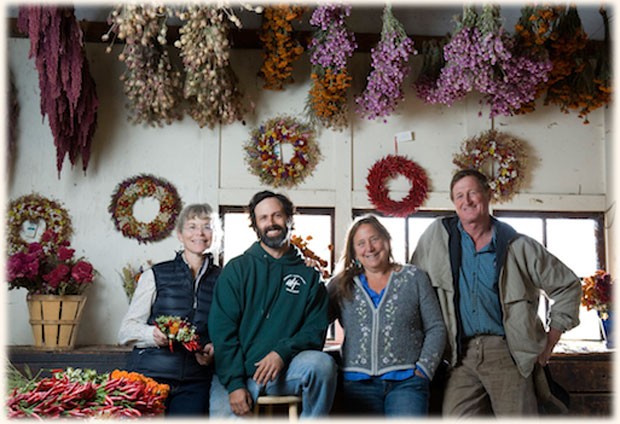The Heirloom Tomato
Many of the tomatoes that we call ‘heirlooms’ today were developed in home gardens in the 19th century. Without refrigerated transport or large-scale farming, tomatoes were grown according to the characteristics of each region, and eaten vine ripened. Although the majority of the tomato varieties grown in the U.S. before the Civil War have long since disappeared, a small number of gardeners in many different regions kept growing the varieties they knew, whether green or orange, bumpy or freckly, pulpy or crisp.
In the1930s and ‘40s, agriculture turned away from this wide array of open-pollinated crops and towards a narrow range of hybrid crops. As this occurred, there was a substantial increase in the scale of farming, the widespread application of synthetic fertilizers, and the growth of agribusiness. The tomato changed radically. The long reign of the uniformly bright red, round tomato had begun. Standard sizes and shapes were easier to distribute, and were considered more attractive on grocery-store shelves. For decades it was nearly impossible to buy an ‘heirloom’ tomato, and gardeners had to search far and wide to find the seeds. [Read more…]

